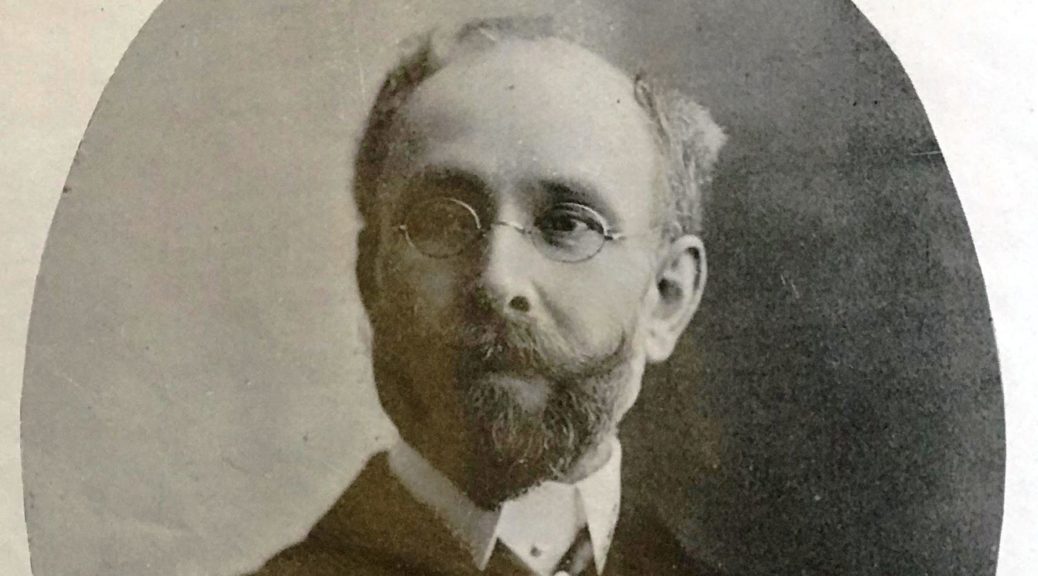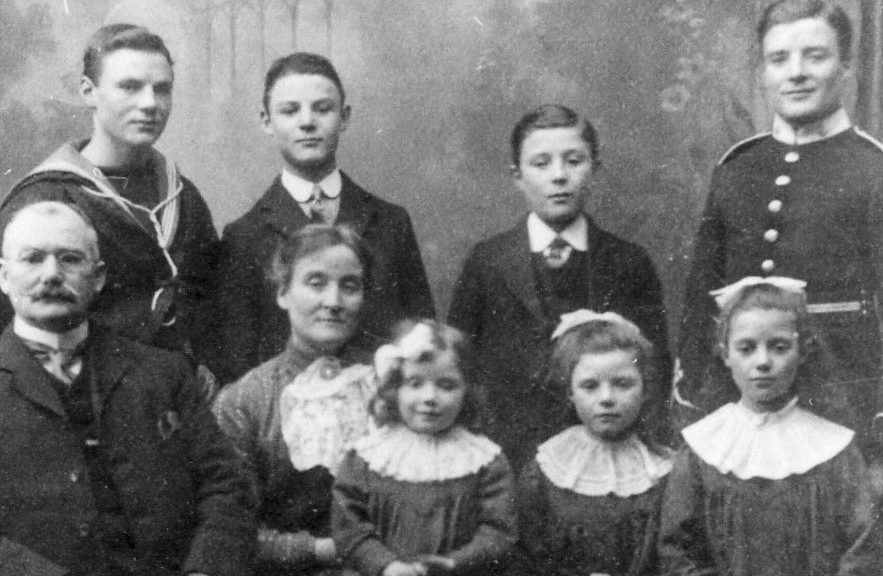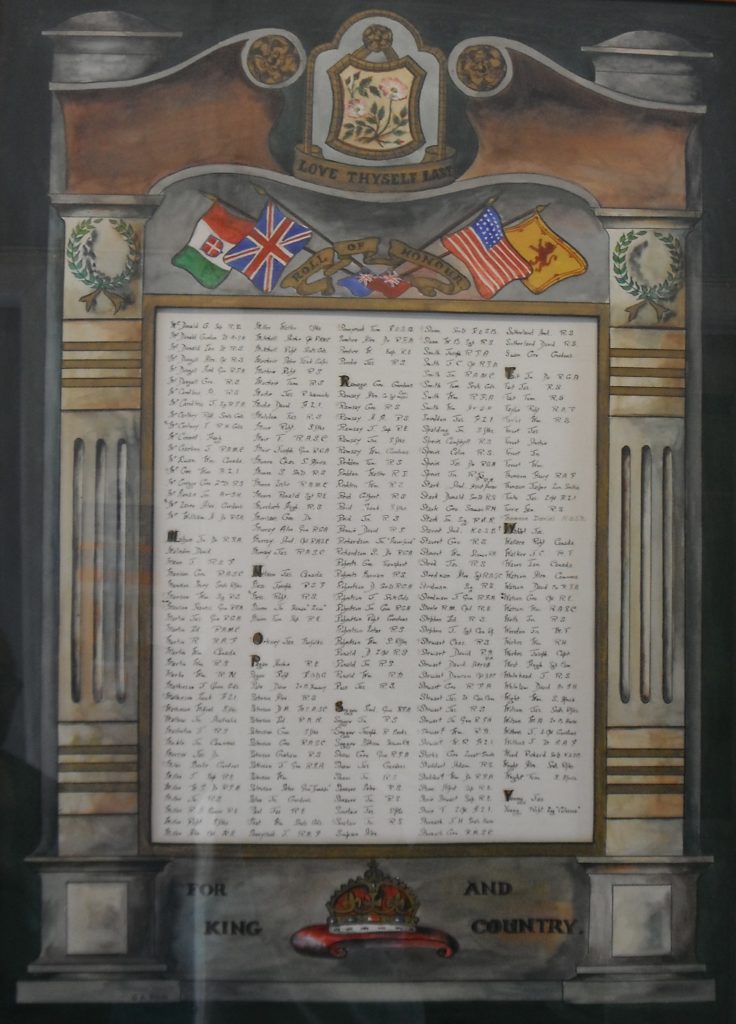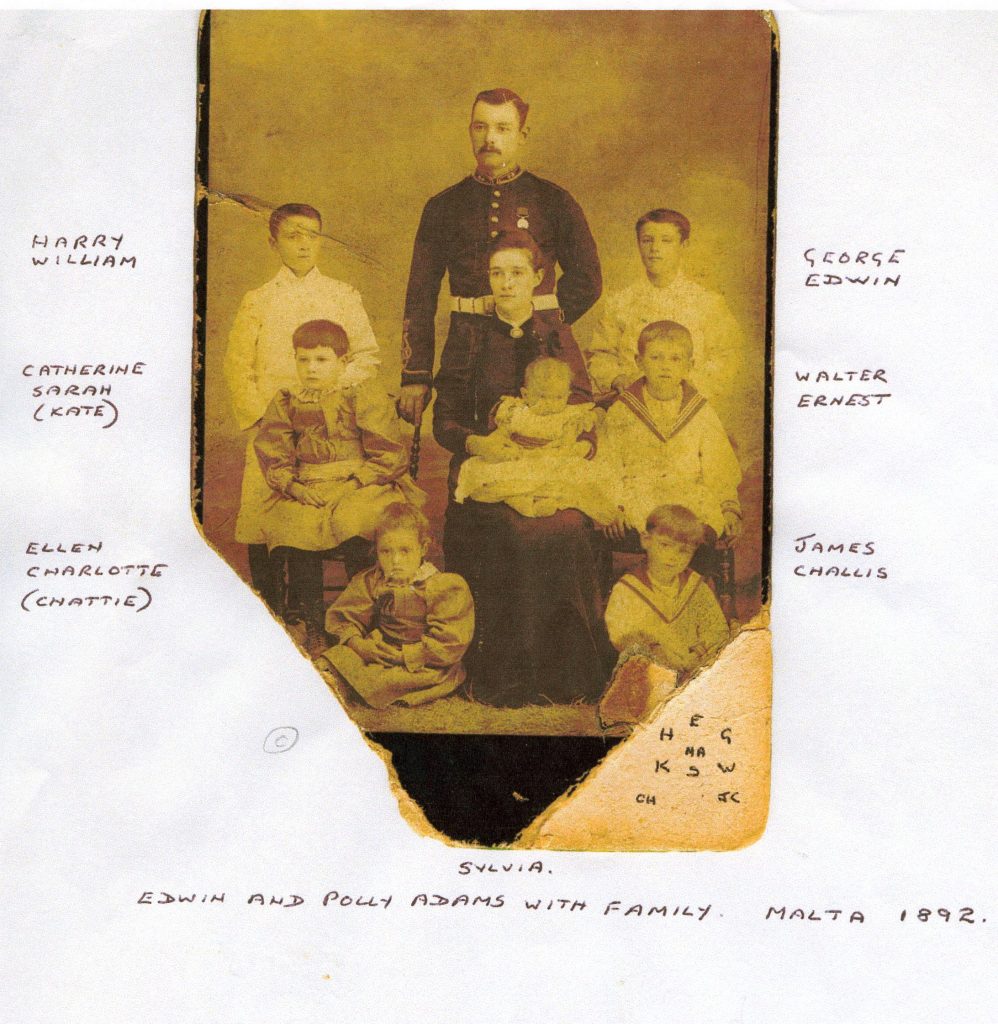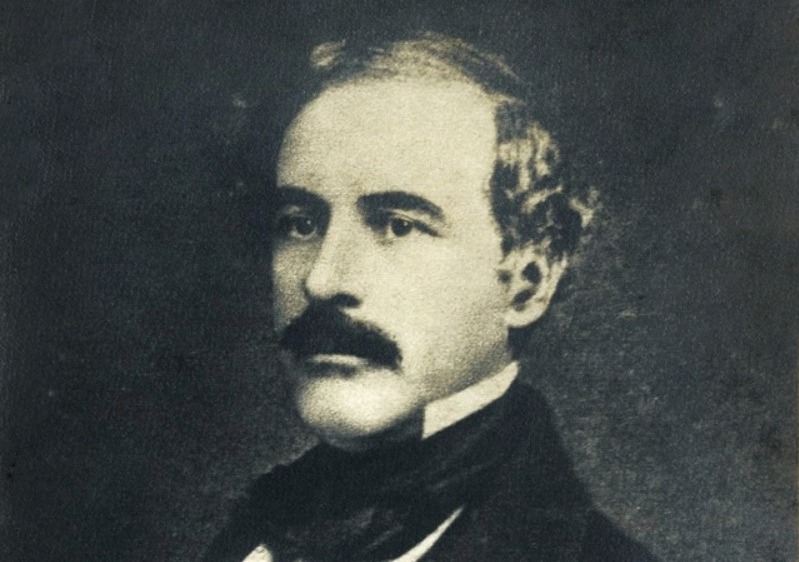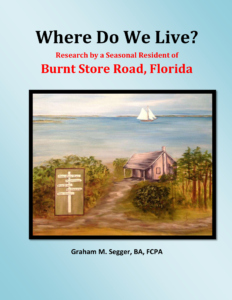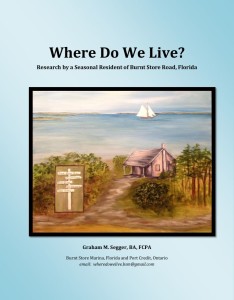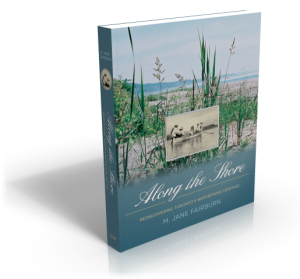Henry J. DeForest was a little known Canadian landscape painter who I first became aware of when I bought one of his paintings back in 1980. I could find out very little about his life or art at that time so embarked on an “on again off again” project to learn more about him. Whenever I travelled to cities across Canada where he had lived or worked I visited galleries, museums or libraries seeking information from their files (much of this research was conducted before the days of the Internet). Fortunately, my profession afforded me a number of such opportunities. The items I assembled, which included newspaper articles, journals and images of his paintings, were stuffed into a few file folders at home waiting for a time when they could be properly assessed.
This year I reopened the files and again took to the Internet to see what else I could find. Historical newspaper databases were invaluable, as was Ancestry and the connections that network provided to some DeForest family members. I expanded my knowledge of this painter and decided to share my findings with others by writing about him.
I was intrigued to also learn that Henry’s two times great grandfather Ephraim DeForest had been a United Empire Loyalist so decided to extend my research to him. The results of all this digging were the following three articles and two ancillary projects:
Henry Josiah DeForest (1855-1924): A Largely Forgotten New Brunswick Born Artist published in the Fall 2019 issue of Generations, the Quarterly Journal of the New Brunswick Genealogical Society. Click on this link to access article.
Ephraim DeForest: The Shoemakers Ultimate Fate is a post for the Atlantic Loyalist Connections blog of the University of New Brunswick. It was posted on October 2, 2019 and describes the Loyalist experience of Ephraim (1742-1827) and his son Nathan (1765-1840) both of whom arrived in New Brunswick from the newly formed USA in 1783. This link will take you to the Blog.
1892 H. J. DeForest Travel Journal is a transcription and annotation of a hand-written journal compiled by Henry J. DeForest between December 1892 and early January 1893. I discovered the journal many years ago in an H.J. DeForest artist’s file at the Glenbow Museum in Calgary.
H. J. DeForest’s 18th Century Paintings of the Whanganui River, is an article written for the 2019 Annual Journal of the Friends of the Whanganui River Inc. published in March 2020. The full colour magazine is produced annually by this New Zealand not for profit group to help fulfil its aims of documenting life and activities on and around the river, and historical events in the river’s past.
Also included in the Friends of the Whanganui River 2019 Annual is a transcription of a newspaper article written by Henry DeForest and published in the Wanganui Herald of December 28, 1889.
H.J. DeForest Paintings Database is a work in progress compilation of images and / or descriptions of all known H.J. DeForest paintings. I currently have records of over 225 paintings and actual images of over 90, of which one third are in the public domain.

